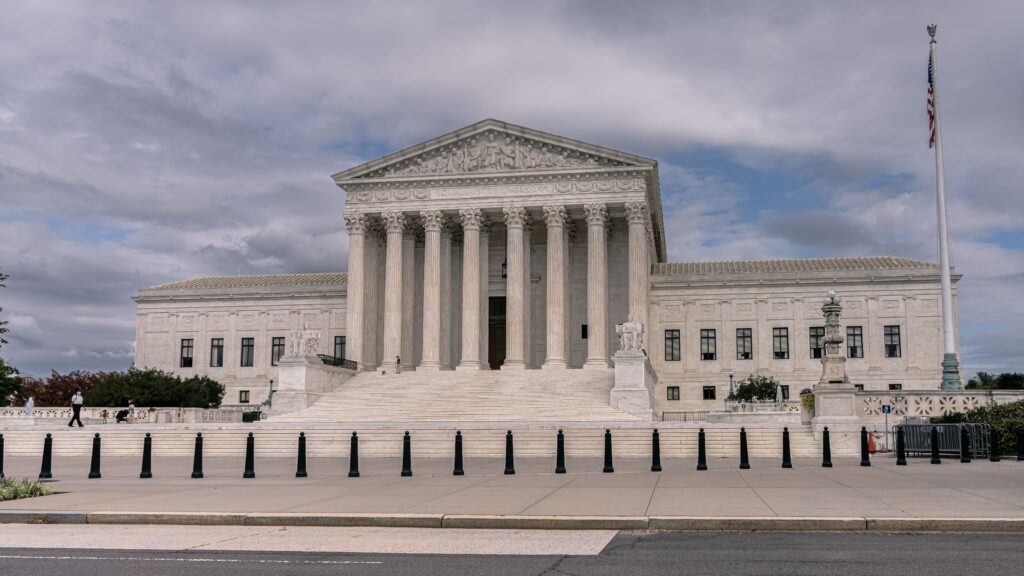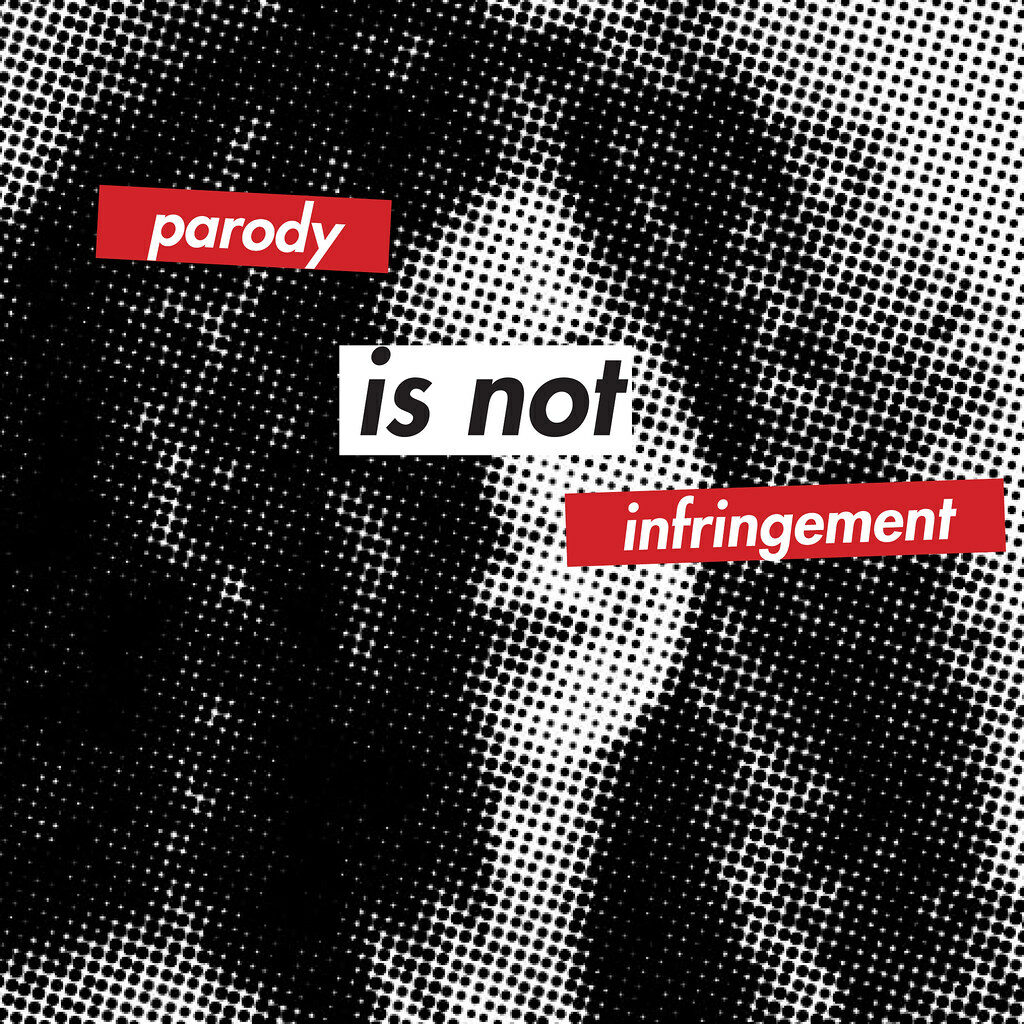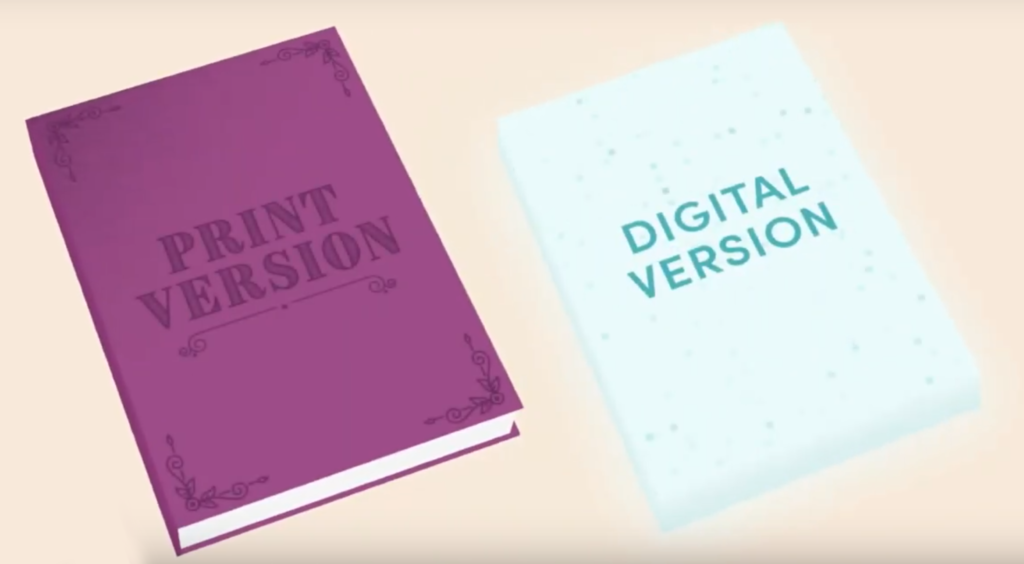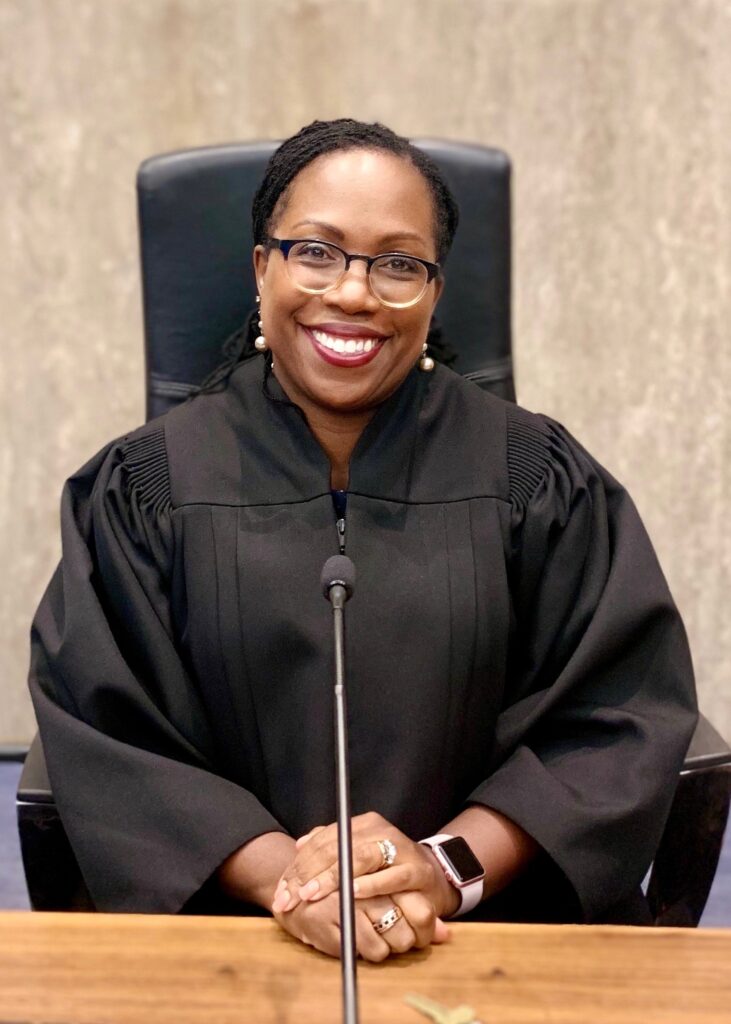Authors Alliance is pleased to add its support to an effort that would restore balance to the ebook market. Last week, Library Futures released a policy statement and model legislation that would help state legislatures resolve a host of challenges that make it difficult for libraries to lend ebooks and ensure their long-term availability.
Why we care: For authors who want to have an enduring impact on the world, having their writings fall into obscurity is a major concern. For print books, libraries have historically played an important role in making sure books did not drop out of circulation. No matter the current state of the market or what is going to make the biggest splash on a publisher’s bottom line (or even whether a book has long gone out of print), libraries make authors’ books available to readers in both the short and long term. Copyright law plays an important role in balancing the level of control that publishers have over copies they sell and the rights that libraries and their readers have to access and use those copies. Current law gives libraries fundamental rights, including the ability to buy copies on the open market, lend copies to users one at a time, and preserve books for the long-term.
For ebooks, publishers have been able to write their own rules for how libraries can use those books. That’s because every ebook that you buy–or that a library acquires –is not actually owned by the purchaser, but licensed by the publisher or ebook distributor. The terms of these licenses are largely dictated by publishers. In recent history, libraries have contended with contracts that severely limit how they can fulfill their mission – contracts that charge libraries multiple times more than what consumers pay, place strict limits on how many times a ebook may be lent out before the library has to pay for it again, place limits on how long the library can have access, limits on how long a user can check out a book, and limits on how researchers can use that book (e.g., limiting text and data mining), among many other limitations that don’t apply in the print world.
These kinds of contractual restrictions make an end run around the traditional market balance that existed in the print world. The end result is that for ebooks, authors are less likely to reach the readers they hope to, especially cutting out readers who rely on libraries for access and don’t have the financial means to purchase ebooks themselves. Restrictions on library preservation activities can also jeopardize long-term availability. While libraries are committed to continuing to pay for the care needed to maintain books long into the future, commercial publishers have no such incentive beyond the window in which a work is commercially viable. That window for commercial viability is short – on average, only 5 years. While some publishers (mostly academic publishers) have been willing to agree to license terms with libraries that provide for long-term availability for ebooks, most others have not, and instead actively frustrate library efforts to ensure long-term access. All of this means that as time goes on, these types of restrictions could make authors’ books harder—if not impossible—to find online.
What the proposed ebooks law does: We wrote last year about a Maryland law passed in 2021 that aimed to force publishers that sold ebooks in the state to also license to libraries on “reasonable terms,” addressing many of licensing problems we note above.
While the bill passed the legislature and became law,it ran into trouble almost immediately. The Association of American Publishers brought a lawsuit to enjoin its enforcement, arguing that because copyright law is the domain of federal law, state legislation governing ebooks is preempted by federal law and therefore unenforceable. Earlier this year, the Federal District Court of Maryland agreed, holding that because the Maryland law required that publishers “shall offer” a license to libraries whenever they offer an ebook to the public, it effectively forced publishers to grant these licenses, conflicting with the copyright holder’s federally granted exclusive right to control public distribution. The court explained, “[f]orcing publishers to forgo offering their copyrighted works to the public in order to avoid the ambit of the Act interferes with their ability to exercise their exclusive right to distribute. Alternatively, forcing publishers to offer to license their works to public libraries also interferes with their exclusive right to distribute.” The decision tracks closely with an opinion that Shira Perlmutter, Register of Copyrights and Director of the U.S. Copyright Office, released in 2021. The Copyright Office drew a sharp distinction between those state laws that purport to regulate the terms of a contract (which she concluded are unlikely to be preempted since they do not interfere with the right to distribute) with state laws that require publishers to grant a license (likely to be preempted). Perlmutter explained that “[b]oth the Third Circuit and the District of Utah have explicitly excluded from permissible state regulations those that “appropriate[] a product protected by the copyright law for commercial exploitation against the copyright owner’s wishes.”
Since Maryland passed its legislation, numerous other states have taken up the same issue, with slight variations on their approach. Given the failure of the Maryland law, how states craft such legislation is clearly important.
Authors Alliance supports the Library Futures policy paper and model legislation because it offers a reasonable, productive, and viable alternative pathway for states to address inequities and unequal bargaining power in the ebook marketplace. Specifically, it proposes an approach that does not demand that publishers license to libraries on certain terms, but instead focuses on the state’s traditional and well accepted role in regulating how its own state contract law will apply, particularly in cases of unequal bargaining power. We encourage states to utilize the framework set out by Library Futures rather than repeating the same framework as the Maryland law.








